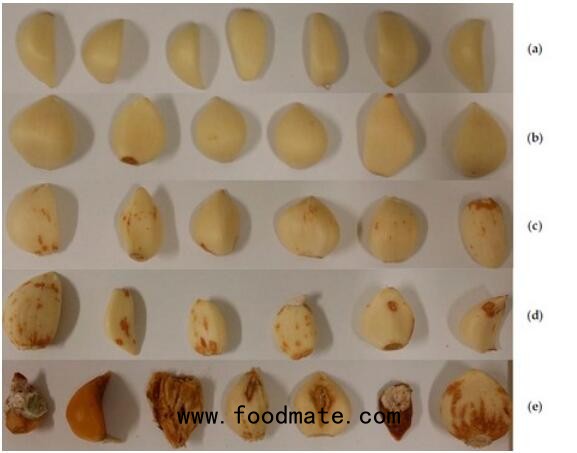Researchers of the University of Ferrara used near-infrared spectroscopy (NIR) to determine the concentration of F. proliferatum in intact garlic cloves.

Detecting an infection before sowing is important for producers, because they may be able to avoid yield losses during harvesting and stocking. Researchers analysed the spectra of 95 garlic cloves divided into five classes (from 1 = healthy, to 5 = very highly infected), corresponding to a fungal concentration range of 0.34-7231.15 ppb. Calibration and cross validation models supplied good accuracy when predicting the infection.
The calibration model was also used to predict fungal concentration in unknown samples. Results showed that NIR spectroscopy could be used as a reliable tool to detect and quantify the infection in peeled and intact garlic cloves. In the case of unpeeled cloves, the peel affected the reliability of the prediction.
"Further studies must be carried out on unpeeled cloves. This method could be useful not only for sowing, but also to assess the health of post-harvested and stored bulbs."





